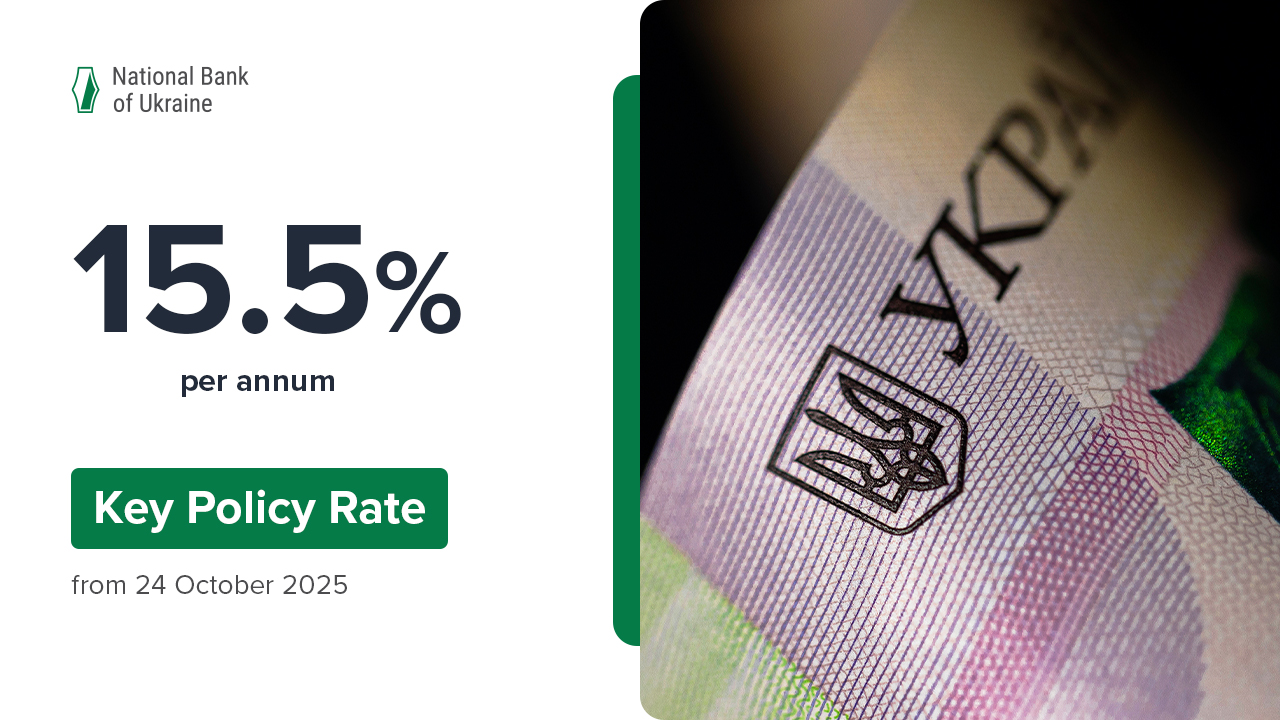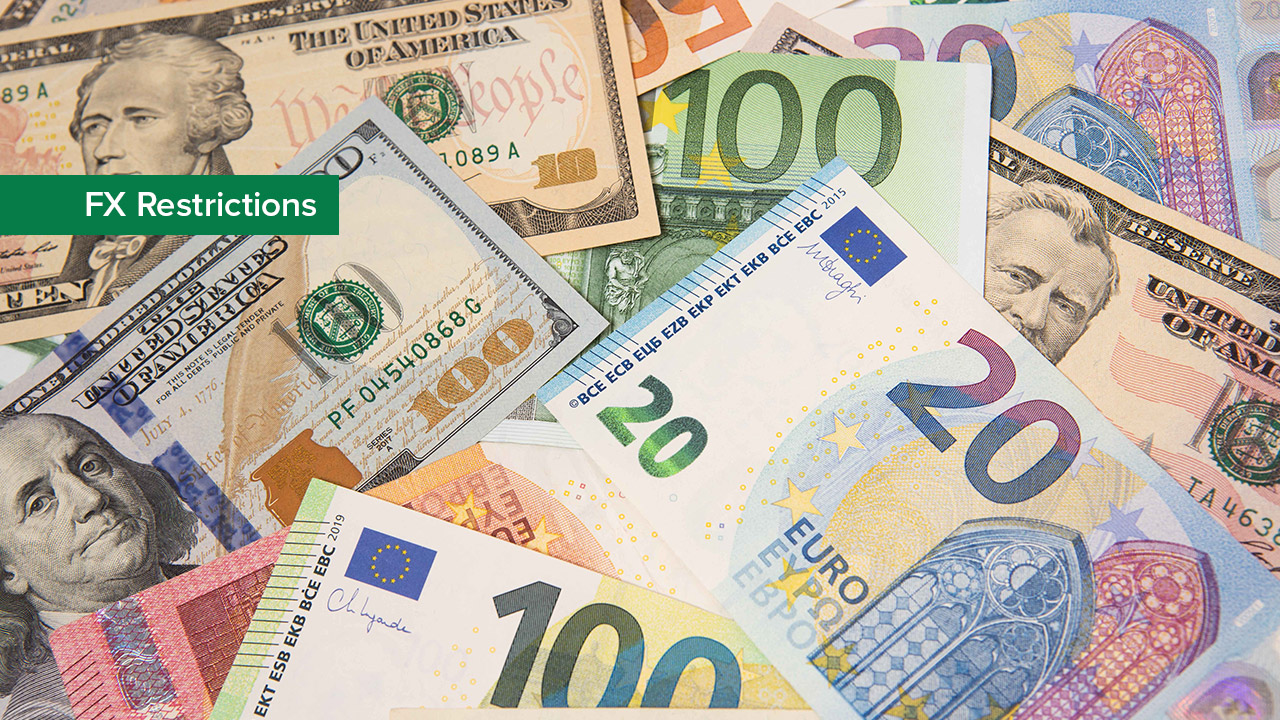In monthly terms, headline inflation decelerated to 0.2% in July 2017, from 1.6% in June, reflecting a seasonal decline in prices for fruit and vegetables, as well as prices for clothing and footwear. Annual headline inflation stood at 15.9%.
Underlying inflation pressures remained moderate – core inflation stood at 0.1% mom and 7.3% yoy, according to data released by the State Statistics Service of Ukraine (SSU).
Meanwhile, actual inflation came in above the NBU’s forecast trajectory published in the Inflation Report (July 2017), primarily reflecting faster growth in raw food prices and a stronger impact of administered factors.
● Core inflation, both in monthly and annual terms, was broadly in line with expectations. In particular, prices for clothing and footwear continued to slow down (to 1.2% yoy) on the back of favorable FX market conditions and steady inflation expectations. Also, the growth rate of prices for other non-food products remained low (3.3% yoy).
Meanwhile, secondary effects from rising prices for meat and milk kept prices for processed foods under pressure (meat and sausage products, butter as well as fermented dairy products). As expected, selected service prices that are included in the core CPI (prices for recreational and cultural services, prices for restaurants, cafes and health resort services, as well as prices for dental and medical care) accelerated. In addition, dwelling maintenance tariffs increased further (by 8.8% mom and 48.7% yoy).
● Growth of raw food prices accelerated markedly (to 25.5% yoy). Faster-than-expected growth in these prices was primarily driven by a further increase in prices for meat and milk, as well as a slower-than-expected seasonal decline in prices for vegetables and prices. In particular, meat prices accelerated to 30.6% yoy due to a lower supply of this product amid large meat exports and livestock reduction. In addition, robust external demand and rising global prices have pushed milk prices up (to 27.3% yoy).
Despite a seasonal decrease in prices for vegetables and fruit in monthly terms, those prices declined less than the flash estimates reported. The latter is based on the price movements captured by SSSU monitoring of selected prices for consumer goods, which is carried out every ten days, as well as web-scrapped data from the online supermarkets. The deviation of actual prices from estimates can be attributed to a more lasting effect of changes in the SSSU methodology for regustering prices for seasonal fruit and vegetables (for more details on changes in the SSSU methodology, see here). As a result, vegetable prices accelerated to 59.9% yoy.
In addition, the deceleration in fruit prices was slower than expected(to 23.8% yoy), reflecting a continued effect of late spring frosts on the lower harvest of berries and fruit, as well as a reduction in the supply of imported fruits (in particular, grapes) as compared to the previous year.
● Growth of administered prices and tariffs decelerated to 27.9% yoy mainly due to a favorable base effect (tariffs for hot water were raised in July 2016). However, despite the slowdown, the growth in administered prices came in above the NBU projections due to slower-than-expected growth in prices for tobacco products (decelerated to 43.2% yoy and increased by 3.3% mom). This can be attributed both to the delayed effects of difficulties associated with the distribution of domestically produced goods and lower supply of imported goods (with the latter being more expensive).
In addition, the growth in railway transport fares accelerated to 6.4% yoy compared with a 0.3% yoy decline in June, driven by increased prices for additional services. Also, as expected, prices for passenger road transportation services accelerated, driven by higher public transport fares in the city of Kyiv.
●∙As expected, fuel prices decelerated to 9.7% yoy (were down by 1.1% mom) against the backdrop of past decreases in global oil prices and favorable FX market conditions.
The NBU expects that some of the aforementioned effects will be short-lived and will fade in the latter half of 2017. However, current developments of the overall CPI and its components point to the further heightened risks that 2017 year-end inflation may deviate more significantly from the mid-point of the target range (8% ± 2 pp) than projected in the Inflation Report (July 2017) despite the fact that underlying inflation pressures remain moderate.







